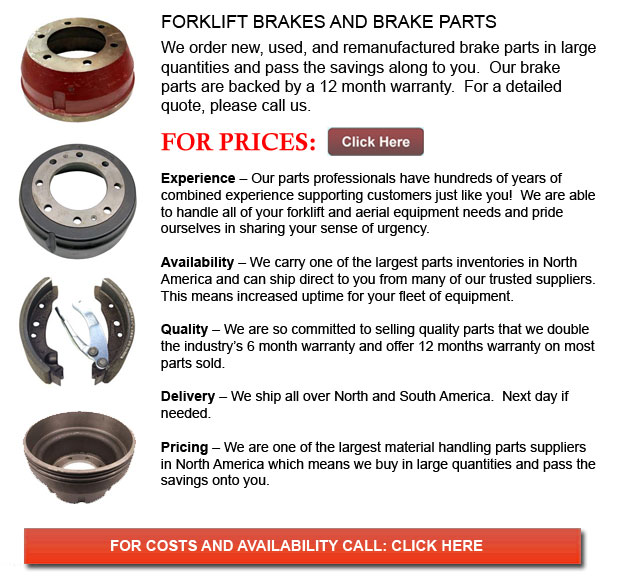
Forklift Brakes - A brake where the friction is provided by a set of brake pads or brake shoes that press against a rotating drum shaped unit called a brake drum. There are some specific differences between brake drum types. A "brake drum" is commonly the definition provided whenever shoes press on the inner outside of the drum. A "clasp brake" is the term utilized in order to describe when shoes press against the outside of the drum. One more type of brake, called a "band brake" makes use of a flexible band or belt to wrap round the exterior of the drum. Whenever the drum is pinched in between two shoes, it can be known as a "pinch brake drum." Like a standard disc brake, these types of brakes are quite rare.
Prior to the year 1995, early brake drums needed consistent adjustment periodically in order to compensate for shoe and drum wear. "Low pedal" or long brake pedal travel is the hazardous outcome if modifications are not executed sufficiently. The vehicle could become hazardous and the brakes can become ineffective when low pedal is mixed with brake fade.
There are various Self Adjusting Brake Systems available, and they could be categorized within two main types, RAI and RAD. RAI systems have built-in equipments which avoid the systems to recover if the brake is overheating. The most well known RAI manufacturers are AP, Bendix, Lucas, and Bosch. The most famous RAD systems consist of Bendix, Ford recovery systems, Volkswagen, VAG and AP.
The self adjusting brake would normally just engage if the lift truck is reversing into a stop. This method of stopping is satisfactory for use whereby all wheels use brake drums. Disc brakes are used on the front wheels of motor vehicles today. By working only in reverse it is less possible that the brakes would be applied while hot and the brake drums are expanded. If adapted while hot, "dragging brakes" could happen, which increases fuel consumption and accelerates wear. A ratchet tool which becomes engaged as the hand brake is set is one more way the self adjusting brakes may function. This means is just appropriate in applications where rear brake drums are used. Whenever the emergency or parking brake actuator lever exceeds a specific amount of travel, the ratchet improvements an adjuster screw and the brake shoes move toward the drum.
There is a manual adjustment knob located at the base of the drum. It is generally adjusted through a hole on the opposite side of the wheel and this requires going underneath the lift truck together with a flathead screwdriver. It is of utmost importance to be able to move the click wheel properly and adjust each and every wheel equally. If uneven adjustment happens, the vehicle may pull to one side during heavy braking. The most effective method in order to ensure this tiresome task is accomplished carefully is to either raise each wheel off the ground and hand spin it while measuring how much force it takes and feeling if the shoes are dragging, or give every\each and every one the same amount of clicks utilizing the hand and then do a road test.
![]() Click to Download the pdf
Click to Download the pdf
Forklift Parts
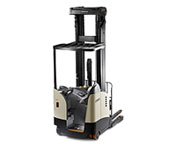
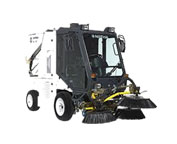
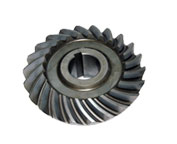
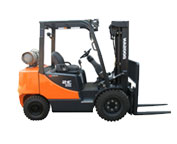
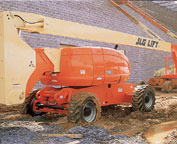
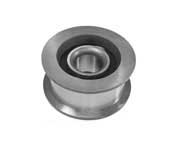
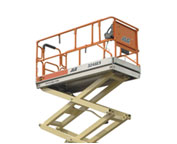
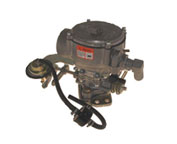
Lift Parts Express
TOLL FREE: 1-888-695-7994
LOCAL: 512-539-0857
2407 S Congress Ave Ste E # 584
Austin, Texas
forkliftpartsaustin.com
Email Us
About Us


